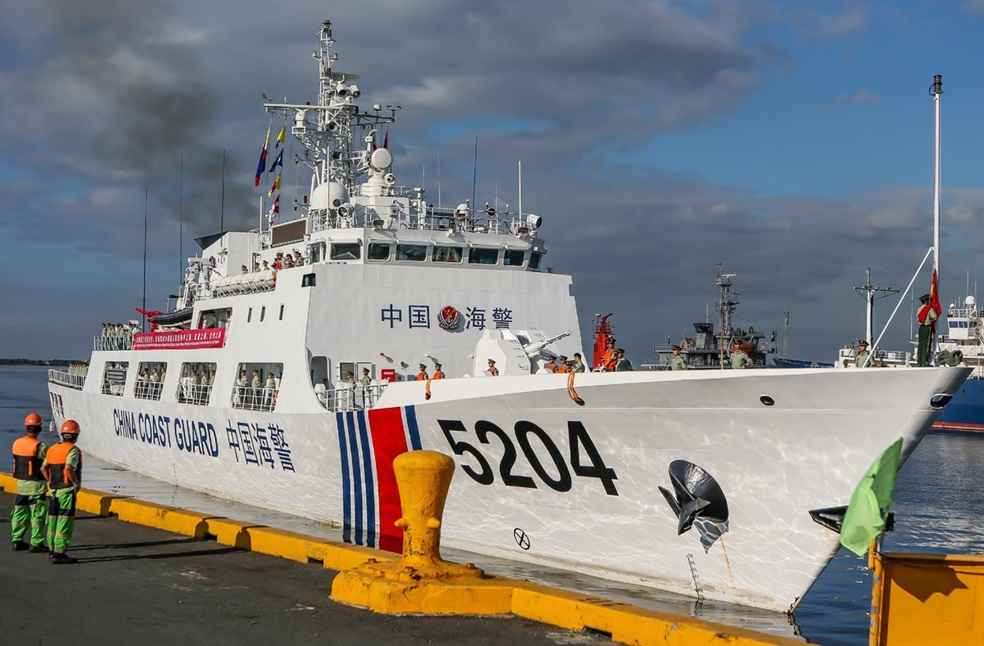Washington: Japan, the Philippines, and the US have expressed ‘serious concerns’ about China’s moves in the South China Sea at the Trilateral Summit.
In recent years, Beijing increased its activities in the strategic waterway, leading to heightened pressures, especially from the Philippines, one of several Southeast Asian nations that claim parts of the sea around their shores.
Last month, President Ferdinand Marcos of the Philippines announced that Manila would carry countermeasures against China after a conflict with Second Thomas Shoal resulted in injuries to Filipino soldiers and damage to ships.

The leaders of three countries held their first-ever summit in Washington, DC. In a joint statement released at the end of the meeting, they expressed their concerns about the dangerous and aggressive behaviour of the People’s Republic of China (PRC) in the South China Sea. Beijing claims most of the South China Sea under its nine-dash line, which was rejected by an international court in 2016. The Philippines, Brunei, Malaysia, and Vietnam also claim parts of the sea.
The statement highlights the significance of upholding the legal rights of states within their exclusive economic zones (EEZ) following international law, as outlined in the 1982 United Nations Convention on the Law of the Sea (UNCLOS). It further reiterates the opposition of the three countries to China’s dangerous and forceful usage of Coast Guard and maritime militia ships in the South China Sea.

Second Thomas Shoal, also known as Ayungin in the Philippines, was a site of numerous confrontations between China and the Philippines. Chinese coastguards used water cannons to stop ships from resupplying a group of Filipino sailors living on the intentionally grounded Sierra Madre.
The shoal is located around 200 kilometres (124 miles) from the western Philippine island of Palawan, which means that it is within the Philippines’ Exclusive Economic Zone (EEZ) according to the United Nations Convention on the Law of the Sea (UNCLOS). It is situated over 1,000 kilometres (621 miles) from China’s southern Hainan island.



